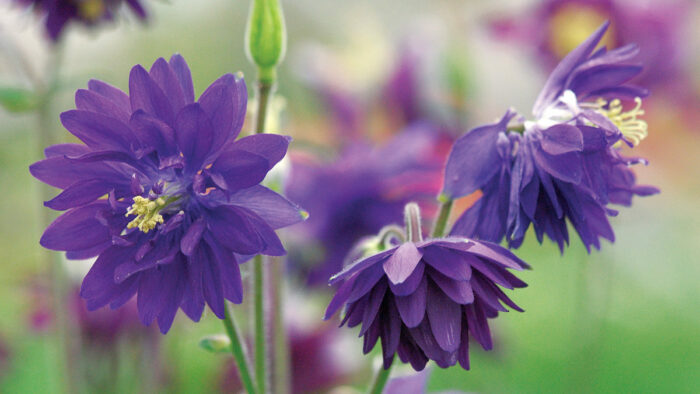
1. Magical® Pinkerbell Smooth Hydrangea
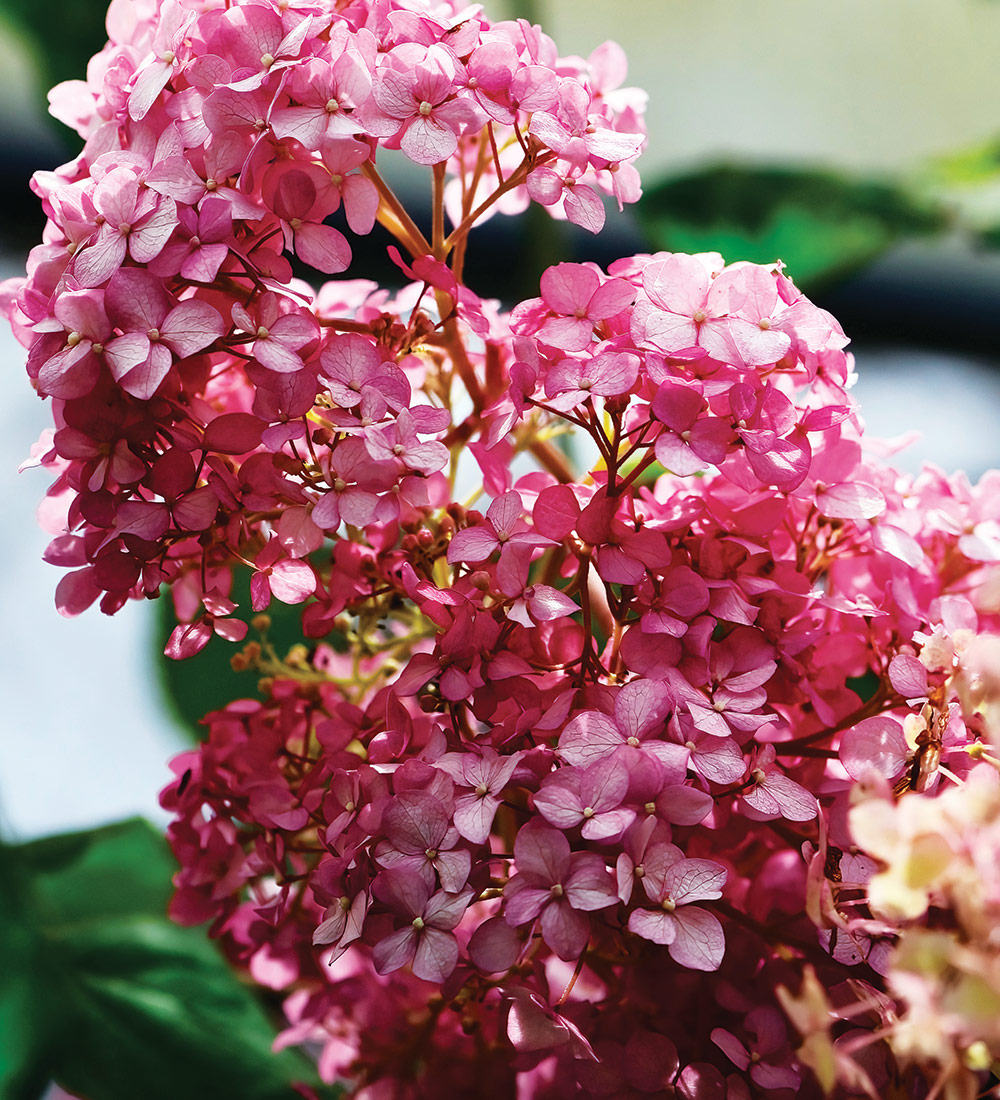
Name: Hydrangea arborescens ‘Kolpinbel’
Zones: 4–9
Size: 3 to 5 feet tall and wide
Conditions: Full sun to partial shade; average to rich, moist, well-drained soil
Native range: Hybrid of native species
Here in the Midwest, it is a pain to get bigleaf hydrangea (Hydrangea macrophylla and cvs., Zones 5–9) to bloom, and a bigger pain to get its flowers to turn blue. But if you like the look of a pink mophead, there are multiple cultivars of our native smooth hydrangea to choose from. The best performer that I have seen to date is Magical® Pinkerbell, which blooms beautifully each year with minimal care in full sun or shade. The flower color is a very good, bright pink that holds for weeks, peaking in late June. Since smooth hydrangea blooms on new wood, you will have flowers every summer, no matter how horrible the previous winter was. Although rich, moist soil is ideal, this variety will tolerate drier conditions once established.
2. Willow-Leaf Spicebush
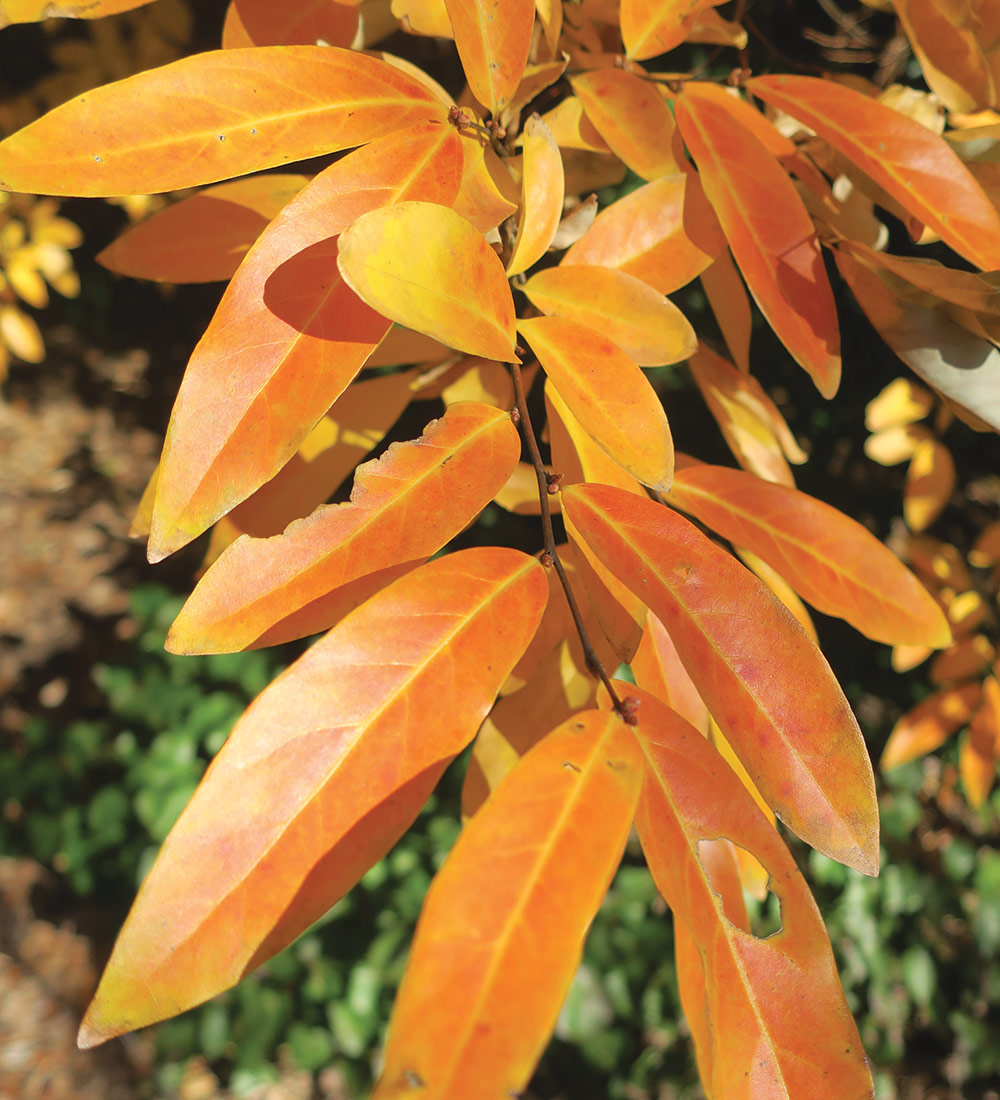
Name: Lindera angustifolia
Zones: 6–8
Size: 8 to 10 feet tall and 6 to 10 feet wide
Conditions: Full sun to partial shade; average to dry soil
Native range: Eastern China
This amazing shrub is interesting for most of the four seasons. Its yellow spring flowers are small and subtle, but the gorgeous foliage is the main attraction. Shiny green leaves with silvery backs cover the plant densely all summer, and the fall show (pictured) is a blazing sunset of vivid oranges, yellows, and reds. Cold and frost turn the leaves a lovely shade of tan, with the silvery reverse still present. The leaves stay on the plant until spring, when the new foliage arrives to push them off their stems. If the plant truly starts getting out of hand, you can prune judiciously to control size, but its natural form is best. If you must prune, try training it into a small tree that will be the envy of all you know.
3. ‘Little Redhead’ Woodland Pinkroot
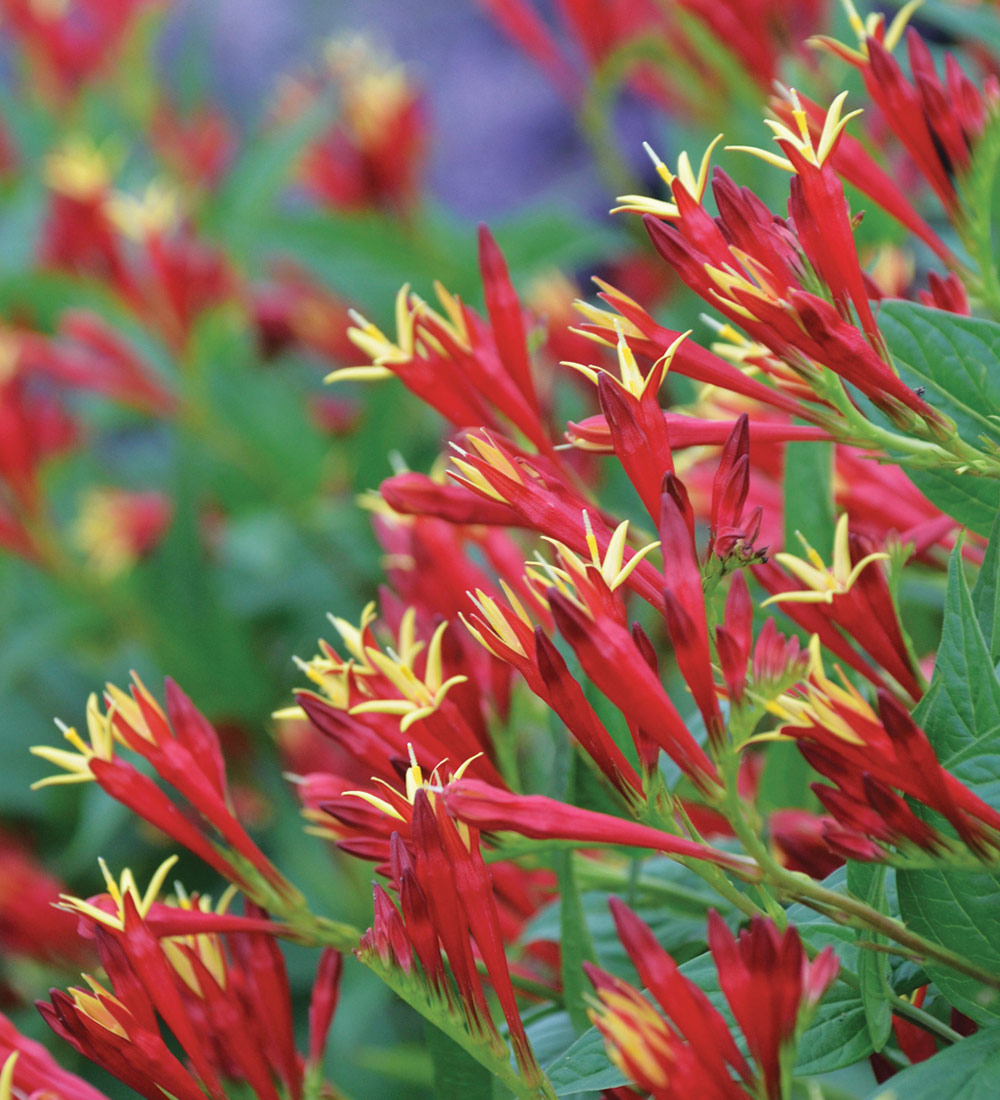
Name: Spigelia marilandica ‘Little Redhead’
Zones: 5–9
Size: 24 inches tall and 18 inches wide
Conditions: Full sun to partial shade; average to moist, rich, well-drained soil
Native range: Southeastern United States
Spigelia has garnered a lot of attention in recent years, and little wonder—it is a native that provides a big punch of color early in the season, a combination that is hard to resist. Flowering from late spring into summer, it provides food for hummingbirds for weeks on end. Those red blooms with yellow interiors make excellent cut flowers, and the deeply veined foliage is attractive as well. I have ‘Little Redhead’ planted in both full sun and bright shade, and it is happy in both locations. A possible drawback is that woodland pinkroot doesn’t like drought, but don’t let that tiny issue stop you from planting ‘Little Redhead’ in either sun or shade.
4. ‘Blue Barlow’ Columbine

Name: Aquilegia vulgaris ‘Blue Barlow’
Zones: 3–8
Size: 24 to 30 inches tall and 16 to 20 inches wide
Conditions: Full sun to partial shade; average, well-drained soil
Native range: Europe
While we may think of columbines as shade plants, time and experience have taught me that these self-seeders also grow well in sun. Columbines come in so many colors and sizes that it was hard for me to choose just one, but I am a sucker for the tall double flowers of ‘Blue Barlow’. If the Barlow name sounds familiar, it’s because there is a whole series with many colors, including the pinkish ‘Nora Barlow’. Bloom time is from spring to early summer, peaking in late spring. If you grow more than one columbine cultivar, they will happily share genes, and you may need to weed out seedlings that bloom in the wrong colors. Your garden friends will be happy to take those extras, and you will love having the one color you really want.
Irvin Etienne is the curator of herbaceous plants and seasonal garden design for the Garden at Newfields in Indianapolis, where he has worked for over 25 years.
Fine Gardening Recommended Products

Wagner's 52003 Classic Blend Wild Bird Food, 6-Pound Bag
Fine Gardening receives a commission for items purchased through links on this site, including Amazon Associates and other affiliate advertising programs.
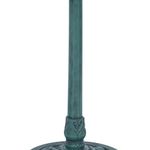
Alpine Corporation 28" Tall Outdoor Birdbath with Scrollwork Decoration Yard Statue
Fine Gardening receives a commission for items purchased through links on this site, including Amazon Associates and other affiliate advertising programs.
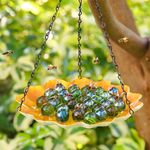
Bee Watering Station with Vivid Flower Design
Fine Gardening receives a commission for items purchased through links on this site, including Amazon Associates and other affiliate advertising programs.






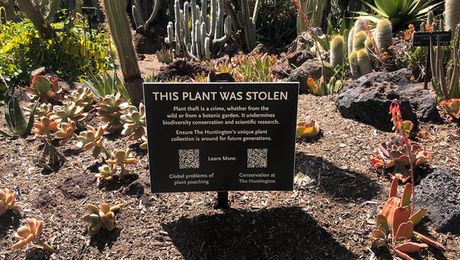











Comments
Log in or create an account to post a comment.
Sign up Log in